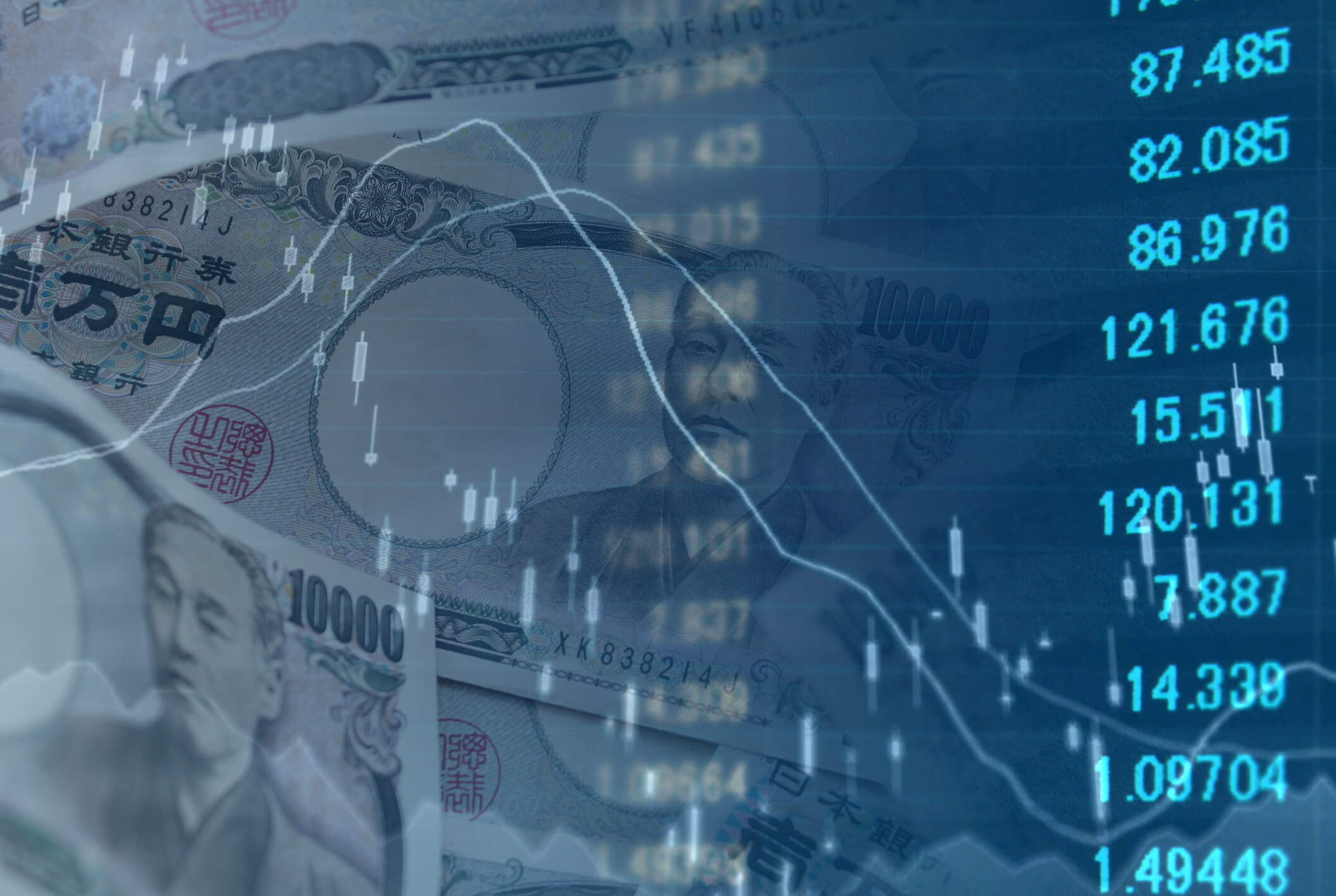Monetary policies are principles that manage the growth rate of an economy’s money supply. It helps the government in regulating inflation and unemployment. Adjustments of the interest rates, changes in cash circulation, and purchase of government securities are rules that impact the implementation of monetary policies.
Central banks are usually responsible for formulating monetary policy. Monetary policies use several objectives. The main aim is to grab control of the inflationary rate. A low level of inflation is the primary aim of the monetary policy. Therefore, the implementation is explicitly considered when the inflationary levels are high.

Moreover, monetary policies also deal with the rate and level of unemployment. The unemployment level interconnects with the inflation rate and the money supply. Hence, it is mandatory to use monetary policies whenever such issues arise.
Tools of Monetary Policy
There are three tools of monetary policy. These tools include:
- Interest rate adjustment: Central banks usually decrease the money supply by increasing discount rates. Discount rates are the central banks’ interest while loaning short-term loans to the banks. Such an increase in the discount rates increases the price of the borrowings for the banks. Consequently, the banks charge higher interest rates on the loans they grant. Such a move discourages the supply of money in the market.
- Change reserve requirements: The central bank requires commercial banks to maintain a minimum amount of cash. The change in the reserve amount can hit the money supply significantly. If the central bank increases the minimum amount, the rate of loans granted will dramatically drop, discouraging the supply of money in the market. Conversely, if the amount decreases, it will allow banks to give massive loans, increasing the money supply.

- Open market operation: Purchasing and selling government bonds significantly hits the money supply. If the central bank purchases government bonds, it will give money supply in the hands of the government, which they can loan out, hence increasing the amount of money in the market.
- Rate of discounts: It refers to the rate of interest. Reserve Banks charge it from commercial banks for short-term loans. Federal Reserve Bank lends money at the discount rate and runs open market proceedings to get the targeted federal funds. Also, for commercial lenders, it is a backup source of liquidity. The discount rate has a significant impact on other interest rates. That’s why reducing the discount rate is expansionary and contractionary. This trick encourages lending and spending money through businesses. Only the Board of Governors and Reserve Banks can change discount rates.
Types of Monetary Policy
Two types of monetary policies have been introduced in the economies so far. Depending upon the objective of formulating the financial system, it can be both expansionary and contractionary.
- Expansionary: Such a policy aims to increase the money supply, hence the market. It reduces interest rates, purchases government bonds, and decreases the number of reserves banks maintain. Its main aim is to minimize the unemployment rate, which also causes inflation to grow. Its main objective is to increase the probability of economic growth.

- Contractionary: Contrary to expansionary monetary policy, this aims to decrease the money supply to control the inflationary rate. However, it causes the rate of unemployment to increase. It increases the rate of reserves for banks, increases the discount rates, and concentrates on selling government bonds.
 About Complete Controller® – America’s Bookkeeping Experts Complete Controller is the Nation’s Leader in virtual bookkeeping, providing service to businesses and households alike. Utilizing Complete Controller’s technology, clients gain access to a cloud platform where their QuickBooks™️ file, critical financial documents, and back-office tools are hosted in an efficient SSO environment. Complete Controller’s team of certified US-based accounting professionals provide bookkeeping, record storage, performance reporting, and controller services including training, cash-flow management, budgeting and forecasting, process and controls advisement, and bill-pay. With flat-rate service plans, Complete Controller is the most cost-effective expert accounting solution for business, family-office, trusts, and households of any size or complexity.
About Complete Controller® – America’s Bookkeeping Experts Complete Controller is the Nation’s Leader in virtual bookkeeping, providing service to businesses and households alike. Utilizing Complete Controller’s technology, clients gain access to a cloud platform where their QuickBooks™️ file, critical financial documents, and back-office tools are hosted in an efficient SSO environment. Complete Controller’s team of certified US-based accounting professionals provide bookkeeping, record storage, performance reporting, and controller services including training, cash-flow management, budgeting and forecasting, process and controls advisement, and bill-pay. With flat-rate service plans, Complete Controller is the most cost-effective expert accounting solution for business, family-office, trusts, and households of any size or complexity.




